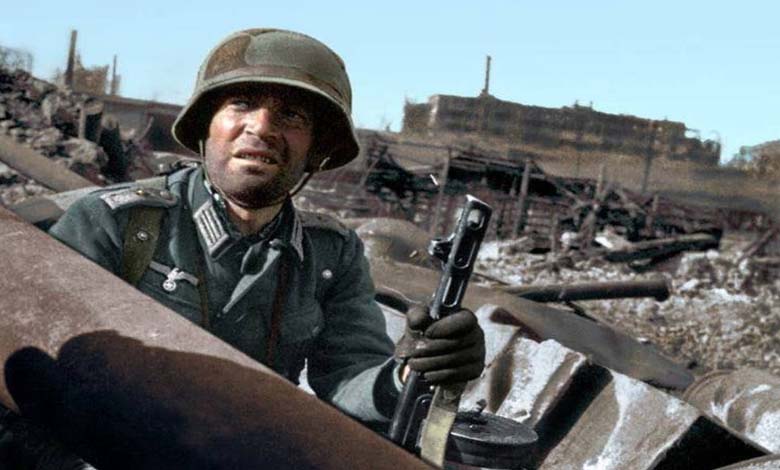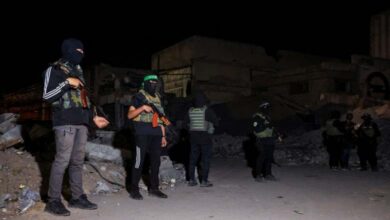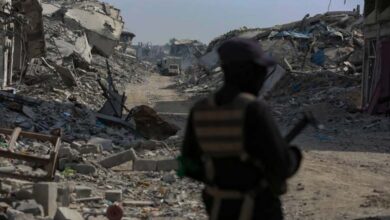The Third Reich and the Graf Zeppelin: A Dream Turned Nightmare

Germany found itself sidelined in the naval arms race that followed World War I.
According to the American magazine National Interest, while the major naval powers — the United Kingdom, the United States, and Japan — invested two decades in developing aircraft carriers, establishing launch and landing procedures, and creating specialized training programs, Germany remained restricted by the Treaty of Versailles.
This made its dream of having an aircraft carrier virtually impossible.
An Ambitious Revival of the Dream
With the rise of the Nazi Party and Adolf Hitler’s repeal of the treaty clauses in the mid-1930s, Germany’s war production machine launched relentlessly.
From the early days of his rule, Hitler sought to transform the Kriegsmarine into a global force. As aircraft carriers became a cornerstone of modern navies, the Third Reich wanted its share of this weapon.
Under the German-British naval agreement, Germany was allowed to build aircraft carriers with a total tonnage of 40,000 tons.
In December 1936, the first steps were taken with the laying of the keel of the first German aircraft carrier, named “Graf Zeppelin.” Two years later, in December 1938, it was officially commissioned amid high hopes.
Challenges and Conflicts
The project faced enormous challenges from the start, most notably Germany’s lack of experience in this field. Unlike the British and Americans, who had spent years honing their expertise, the Germans had to rely on designs and expertise from their distant ally, Japan.
Their ambitions exceeded the treaty’s theoretical limits, increasing the carrier’s tonnage to 35,000 tons, comparable to the American Essex-class carriers.
The Graf Zeppelin was designed to be the fastest in the world at 35 knots, with heavy defensive armament and an armored flight deck. But this structural strength concealed a critical weakness: its air wing could accommodate only 42 aircraft.
Furthermore, the planned aircraft — such as the modified Bf 109 fighter and the Stuka dive bomber — were less capable than Allied counterparts.
Technical obstacles were not the only issues; a dispute arose between the navy and the Luftwaffe, responsible for developing the air wing, causing significant delays in aircraft design and pilot training.
Many military leaders doubted the carrier’s utility in a war focused on land fronts and Blitzkrieg.
Role and Reality
Theoretically, the Graf Zeppelin could have posed a real threat if it had entered service. It was intended to operate within the German fleet, providing air cover for battleships like the Bismarck and Scharnhorst, or for raiding British trade lines in the Atlantic.
Its reconnaissance aircraft would have located convoy targets, and its air strikes would have complicated the Royal Navy’s operations.
However, the main obstacle was not combat itself but sustainability: operating an aircraft carrier required massive amounts of fuel, spare parts, and ammunition — resources unavailable to Germany on the high seas, especially against overwhelming British naval supremacy.
A Tragic End
With the outbreak of World War II, priorities shifted. Projects like the V1 and V2 rockets and the Messerschmitt Me 262 jet absorbed the resources.
German leadership realized the carrier project consumed enormous resources with no guaranteed strategic return, leading to the cancellation of the second carrier and the halt of work on the Graf Zeppelin.
In April 1945, in a scene summarizing the tragedy, the Germans deliberately scuttled the Graf Zeppelin in the Baltic Sea as part of a “scorched earth” policy. A year later, the Soviets raised it for training purposes before sinking it permanently in 1947.
The Graf Zeppelin did not fail due to technical limitations alone but because of strategic failure: Germany attempted to enter a field where its rivals had spent two
decades developing a comprehensive naval and air doctrine. The project exemplifies excessive Nazi ambition and shows that true power depends not only on massive designs but also on expertise, strategy, and supporting resources.
Technical Specifications:
- Length: 262.5 m
- Flight deck length: 241 m
- Beam: 30.5 m
- Draft: 7.6 m
- Displacement: 33,000 tons (over 34,000 tons at full load)
- Speed: 35 knots
- Engine power: 200,000 hp
- Range: approx. 15,000 km
- Crew: approx. 1,700
Armament:
- 16 × SK C/28 15 cm guns
- 10-12 × SK C/33 10.5 cm guns
- 22 × SK C/30 3.7 cm heavy machine guns
- 2 cm Flak machine guns
Armor:
- Belt: 100 mm
- Main deck: 60 mm
- Flight deck: 45 mm
Aircraft capacity: approx. 42 aircraft:
- 20 × Fi 167 torpedo bombers
- 13 × modified JU-87 dive bombers
- 11 × Bf 109 fighters












